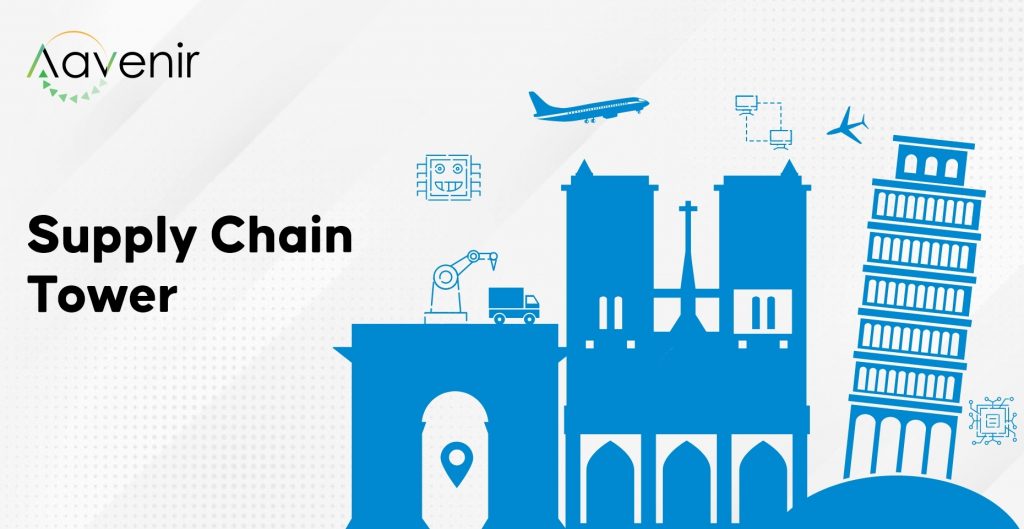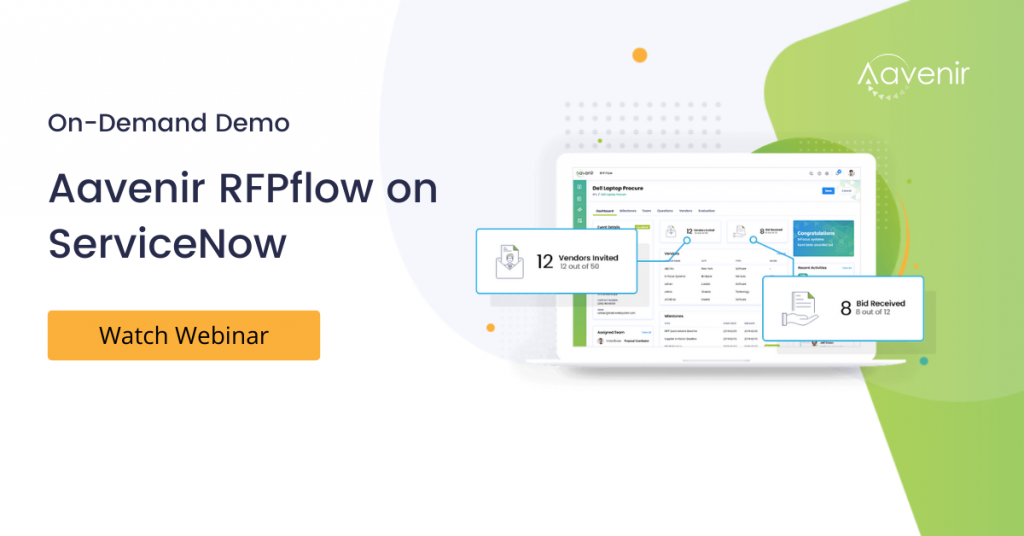Supply Chain Control Tower
A supply chain control tower allows you to assemble and analyze end-to-end data in real-time across the whole supply chain. They provide a personalized data presentation of critical business KPIs and events across the supply chain, which improves performance when used correctly. Businesses can use the supply chain control tower to thoroughly analyze, prioritize, and handle critical issues in real-time.

Through predictive analytics, the control tower uses real-time data to identify the strengths and weaknesses in any supply chain. Its processes are required for improving and increasing the efficiency of your supply chain network. Regardless of the complexity of your supply chain network, supply chain control towers enable you to operate sensibly and efficiently. The data acquired provides excellent benefits to all supply chain participants, including customers, while reducing costly exceptions. Supply chain systems are dispersed and based on many technology stacks and platforms such as cloud and on-premises. In addition to architectural components, many firms are now automating their supply chains with digital technology components such as IoT, AI, and analytics.
What are the Benefits of Supply Chain Control Tower?
The incorporation of a supply chain control tower to expand the capabilities of your supply chain management system provides numerous advantages. Among the several advantages are:
Process of Autonomous Decision Making
One of the supply chain control tower’s essential qualities, and possibly the future of the entire business, is its decision-making ability. One thing to examine is the process of gathering data, analyzing it, simulating different scenarios, and implementing the appropriate prescription to improve efficiency and minimize costs. Supply chain control towers take critical data/information and automatically execute the necessary processes, effectively implementing the most efficient strategy. This approach to autonomy will use the power of data to revolutionize your company processes that would previously need several man-hours of research to achieve desired targets.
End-to-End Visibility.
All participants in a supply chain require visibility into every component, and every manager/supervisor recognizes this. Over time, there are a number of circumstances to contend with, including severe weather, delays, emergency shipments, inventory loss, and so on. Finally, when end-to-end contact is essential, visibility plays a major role. Supply chain control towers provide the visibility required to detect exceptions in real-time. The time between exceptions and resolutions is kept to a bare minimum. Detecting and resolving exceptions takes less time with this strategy. It lowers operational expenses and improves overall supply chain performance.
Improved and Shared Communication
The supply chain control tower facilitates excellent communication and collaboration between critical network players. Every participant has access to essential information and shared data to understand the collaborative process and potential modifications better.
Increased Productivity
Supply chain control towers can spot exceptions alongside the network, diagnose problems, and offer solutions in real-time by leveraging the power of data and predictive technology concepts. This tool enables organizations to work smarter and concentrate on achieving their objectives. Supply chain control towers are also constantly adapting and learning more efficient routines, decreasing manual hours allocated to research and less productive operations.
Conclusion
A control tower should give end-to-end visibility across the supply chain, especially in the event of unforeseen external circumstances. It should make use of sophisticated technologies, such as AI and machine learning, to assist you in breaking down data silos, reducing or eliminating manual processes, and obtaining real-time actionable insights. A control tower will facilitate cross-team and partner communication while also preserving organizational knowledge in order to improve and accelerate decision-making. Finally, this allows you to foresee interruptions better, increase resiliency, handle exceptions, and respond to unexpected events.
Explore Additional Resources To Know More





